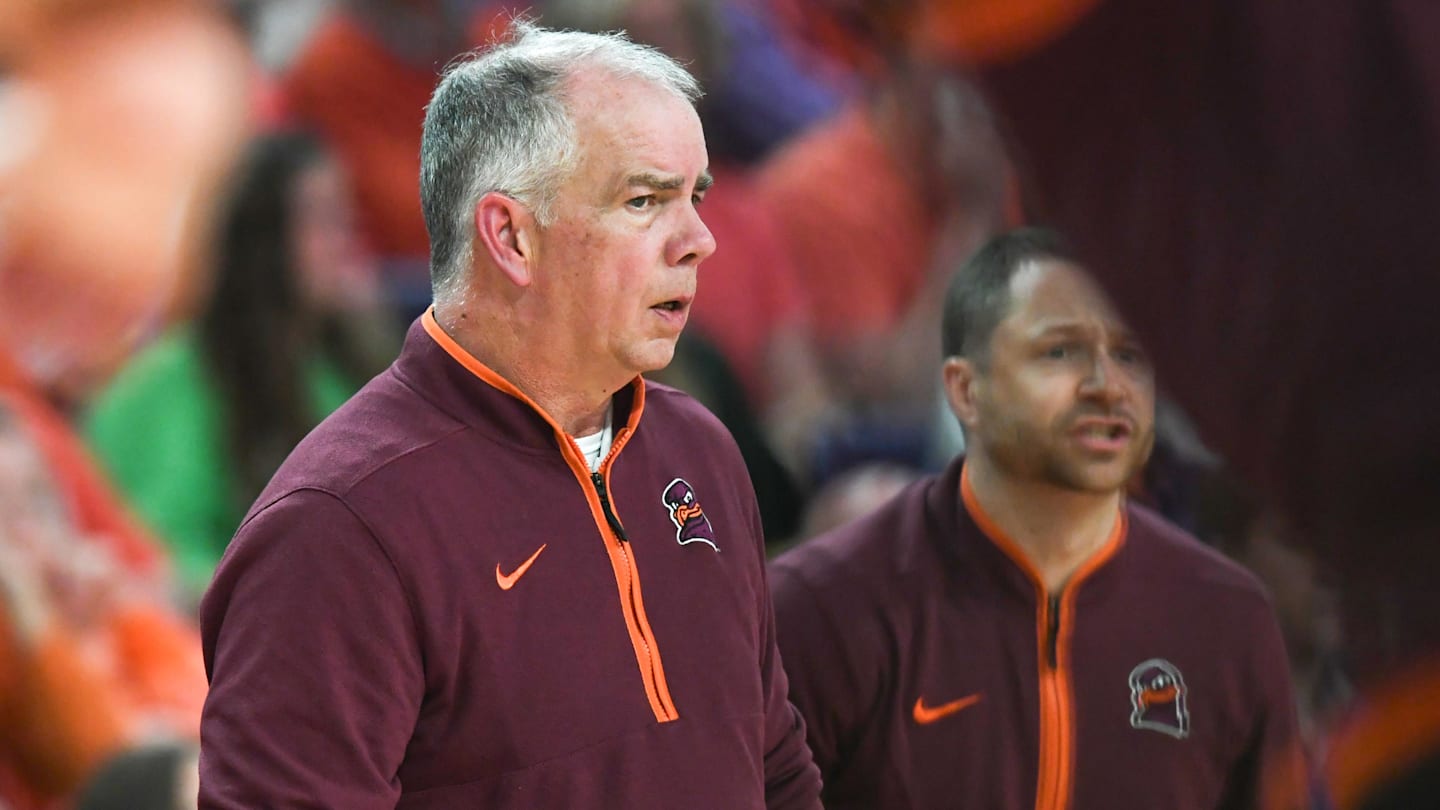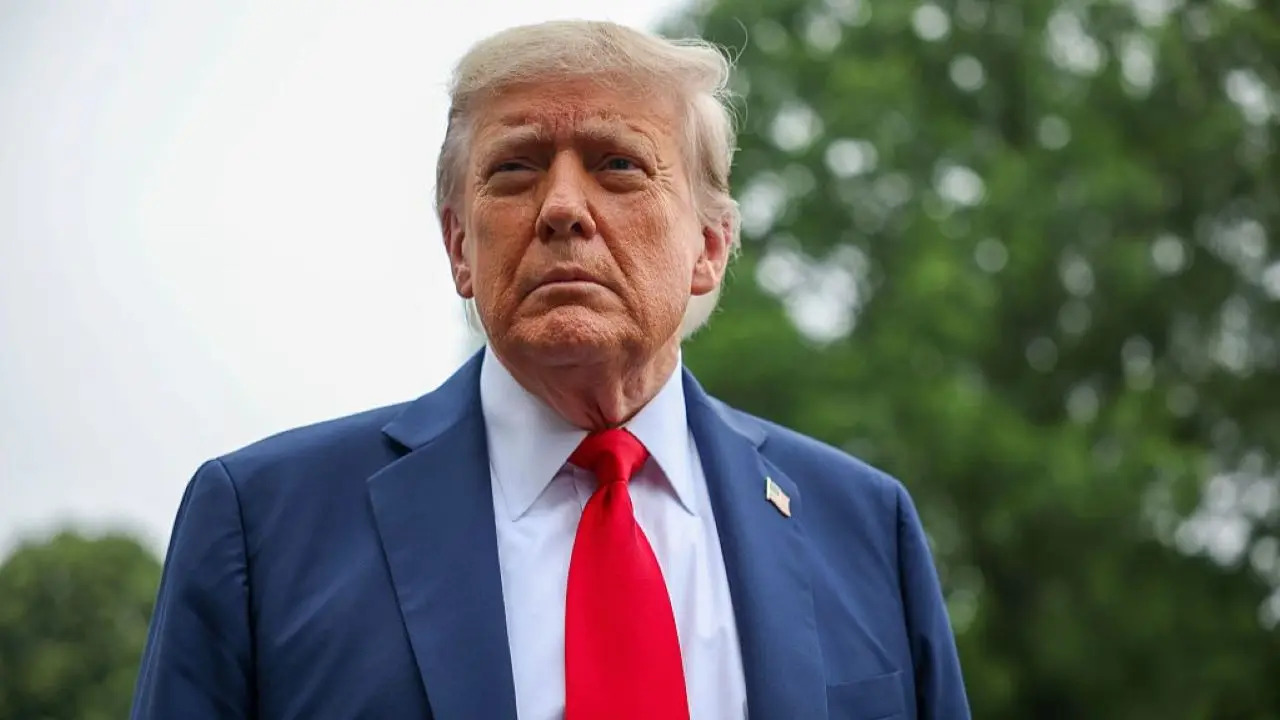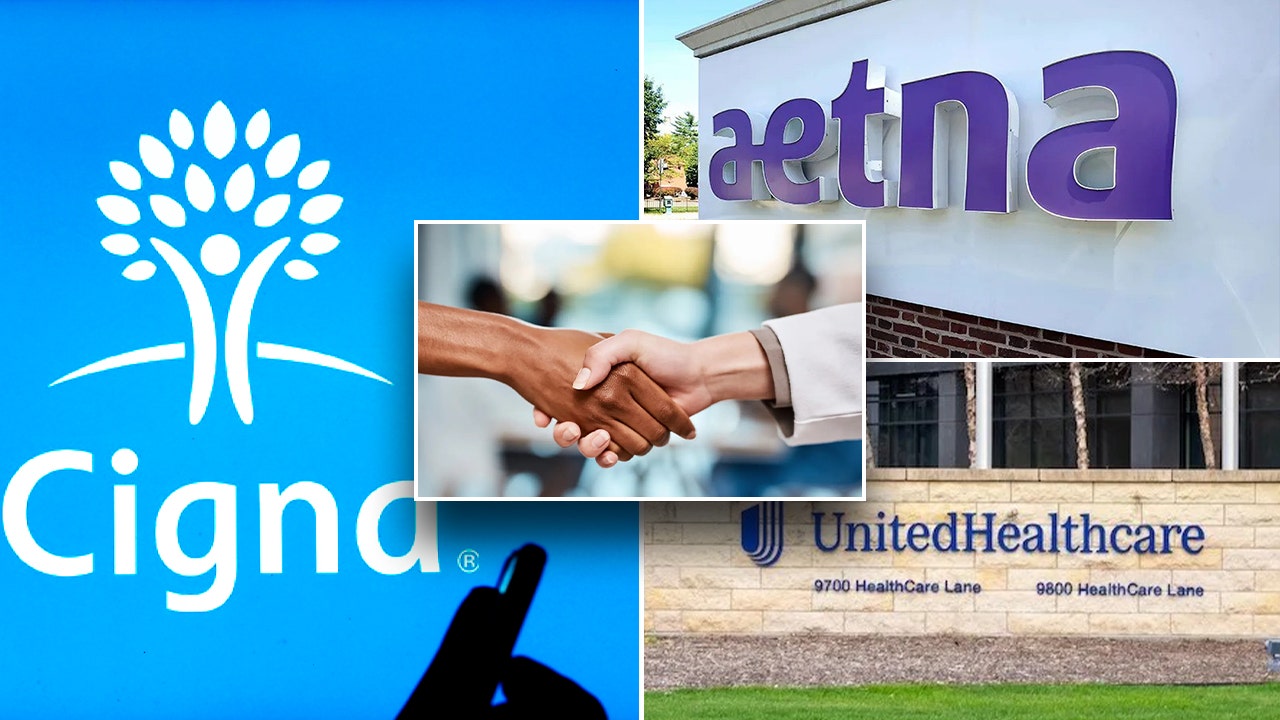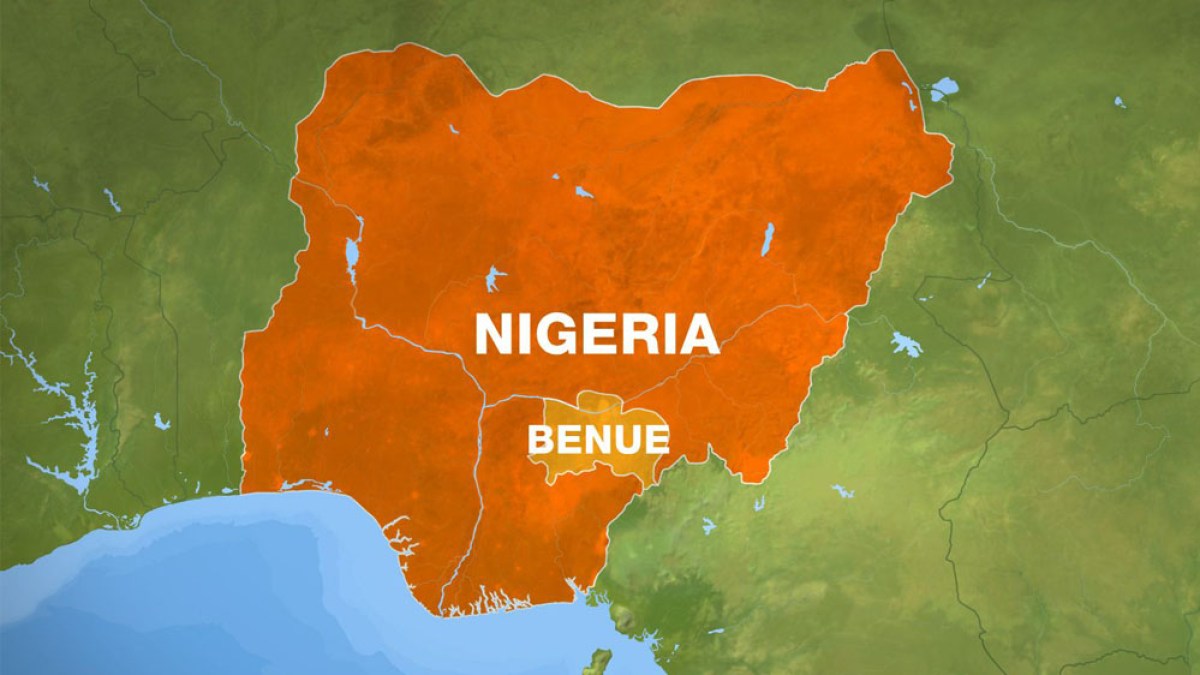Intel has appointed Lip-Bu Tan as its chief executive, ending a months-long search for a new leader after the troubled US chipmaker’s board ousted Pat Gelsinger in December.
Tan, former chief executive of chip design software company Cadence, quit Intel’s board in August last year in an apparent disagreement over the direction of the company under the then-CEO.
He had long been considered a leading candidate to replace Gelsinger, who departed abruptly as Intel battled a crisis that has resulted in thousands of lay-offs and the pausing of big manufacturing projects in Europe.
Tan’s appointment comes at a critical moment for Intel and the geopolitically sensitive semiconductor industry, as the US seeks to build domestic manufacturing as a safeguard against China.
Most of the world’s leading-edge chips are built in Taiwan, leaving the supply chains of several top US technology companies exposed to an escalation of tensions between Taiwan and China.
As the only US company theoretically capable of making cutting-edge chips, Intel is critical to hopes of creating US chip manufacturing “champions”.
Trump administration officials have recently explored options for the company, including a potential tie-up with rival TSMC.
Some investors have mooted a potential split of Intel’s manufacturing and design businesses as a solution to its problems.
The chip manufacturing business has haemorrhaged billions of dollars as it spends heavily on new plants and struggles to regain its technological edge over competitor TSMC.
At the same time, the chip design business has failed to capitalise on booming demand for data centre chips that power artificial intelligence, with Nvidia and AMD establishing a clear lead.
In a letter to employees on Wednesday, Tan said his aim was to build “world-class” businesses in both foundry and products.
Intel shares rose more than 11 per cent in after-hours trading on Wednesday following the announcement of Tan’s appointment.
In his letter to employees, Tan said he was “never deterred by challenges” and that he was “confident we can turn our business around”.
He added in a statement that he saw “significant opportunities to remake our business in ways that serve our customers better and create value for our shareholders”.
Chief financial officer David Zinsner and product business chief Michelle Johnston Holthaus had been serving as co-CEOs of Intel on an interim basis since Gelsinger’s departure. Zinsner will retain the CFO role, with Johnston Holthaus continuing as product CEO.
The pair have presided over a belt-tightening effort, which has been under way since August, while selling off assets deemed non-essential. They announced the spin-off the company’s venture capital arm earlier this year and have explored the sale of a majority stake in its chipmaking unit Altera.
The chip sector had been riding high on a wave of enthusiasm for AI last year, but shares have slipped across the board as Trump pursues new tariffs and potential new export controls on chips produced by the likes of Nvidia loom.
Intel board chair Frank Yeary said Tan’s “industry expertise, deep relationships across the product and foundry ecosystems, and proven track record of creating shareholder value is exactly what Intel needs”.
Tan led Cadence for 12 years until 2021, joining Intel’s board the following year. He was given special responsibilities to oversee the company’s troubled foundry business, which ran at a $7bn loss in 2023.
He is also a tech investor, as a founding partner of Walden Catalyst Ventures and chair of Walden International.
Tan was “decisive and realistic”, and his appointment “ends the uncertainty” surrounding Intel’s leadership, said G Dan Hutcheson, vice-chair of consultancy TechInsights.
The “downside”, Hutcheson said, was his lack of experience in running an integrated semiconductor manufacturing company that both designs and builds chips.



























